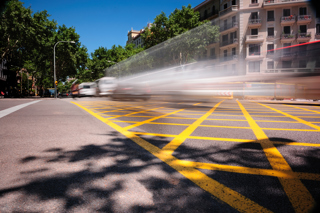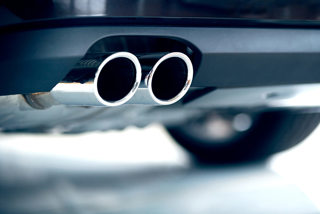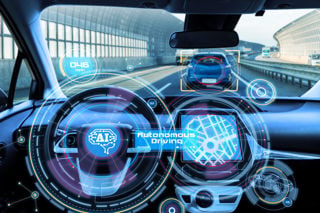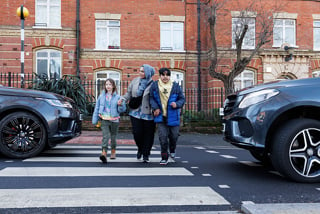April 2010 witnesses the most significant changes to vehicle tax since the CO2-based tax system was introduced in 2002. Fleets face a tightening of benefit-in-kind (BIK) tax bands, new VED levels, BIK tax-free electric vehicles and a new ‘showroom tax’.
This is an amended version of the full report - Read the full Fleet Insight Tax Special Report
Petrol and diesel cars
Fleet operators have become used to tightening BIK tax thresholds, with announcements made in the Chancellor’s Budget or Pre-Budget reports.
From April, the lower benchmark in the main bands for BIK tax falls by 5g/km to 130g/km, although vehicles with CO2 emissions up to 120g/km still gain an advantage of at least five per-centage points.
Petrol cars with CO2 emissions at 230g/km or higher and diesel cars with CO2 emissions of 215g/km or more now incur tax at the highest 35% rate.
The changes have implications for fleets and drivers that do not plan far enough ahead.
When it was launched early in 2006, the Chrysler 300C 3.0 CRD saloon was liable for BIK tax at 31% of its P11d value as a diesel car with CO2 of 215g/km.
However, from April, it will attract the top 35% rate, which will add £300 to a 40% taxpayer’s BIK bill. Petrol cars hit the 35% band with CO2 emissions of 230g/km or more.
Changes to vehicle excise duty
Changes to vehicle excise duty could present fleets with an opportunity to reduce costs by switching choices to a model in the same class but with lower CO2 emissions.
For example, a fleet choosing a Vauxhall Insignia 2.0 CDTi SE with CO2 emissions of 154g/km would pay annual road tax of £155, while an EcoFlex version would face a bill of £110. Although the premium for Ecoflex is a few hundred pounds higher per model, the fuel savings would add to the lower road tax and potentially make it more cost-effective.
Vehicles with CO2 emissions up to 100g/km remain free to tax, and there is a growing list of eligible cars, although in some cases the cost of the technology required to reach such low emissions might work out more expensive long-term.
Penalising higher CO2 cars
Showroom tax is a first-year equivalent of vehicle excise duty designed to encourage people to choose lower-emission models and penalise those opting for higher levels of CO2.
 The table shows that many low-emission cars will not be liable to a first-year charge, while replacing the tax disc after the first year results in a relatively low payment.
The table shows that many low-emission cars will not be liable to a first-year charge, while replacing the tax disc after the first year results in a relatively low payment.
High-CO2 cars will face punitive first-year charges of more than double their annual road tax thereafter – a factor that will add to the overall costs of running many vehicles. The top rate for cars with CO2 emissions of 256g/km or more is £950.
There are some cars that you might not expect to face high first-year rates. For example, the Land Rover Freelander diesel is now fitted with stop/start technology for manual versions, but the system is not yet fitted to cars with automatic transmission.
Therefore, the Freelander 2.2 TD4 automatic with CO2 emissions of 214g/km would face a first-year rate of £550 from April, although its annual rate thereafter would be a more palatable £245.
Electric vehicles
It might be a stretch to applaud the Treasury for generosity towards electric vehicles – if their use was more widespread, perhaps there would be fewer incentives for fleets to choose them – but anyone driving an electric car or van will have a BIK tax payment holiday for five years.
Electric vehicles still occupy a very small niche in the fleet market. Doubts remain over the cost of technology which delivers a maximum range of 100 miles and requires six hours to undergo a full recharge. A widespread and reliable recharging infrastructure is also required to encourage significant take-up.
Read the full Fleet Insight Tax Special Report




















Login to comment
Comments
No comments have been made yet.